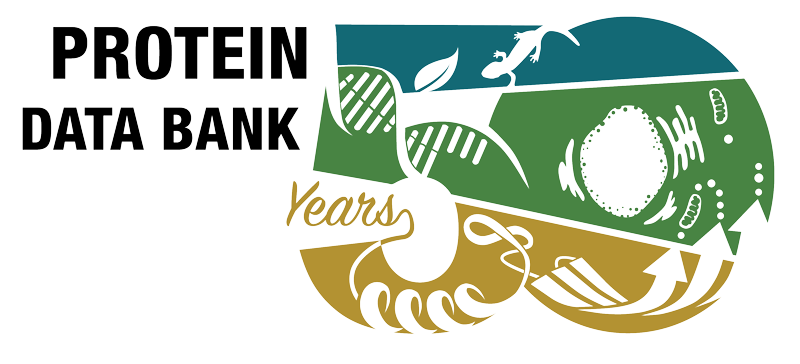Articles - 1u38 mentioned but not cited (1)
- Putting into practice domain-linear motif interaction predictions for exploration of protein networks. Luck K, Fournane S, Kieffer B, Masson M, Nominé Y, Travé G. PLoS One 6 e25376 (2011)
Reviews citing this publication (13)
- Organization and dynamics of PDZ-domain-related supramodules in the postsynaptic density. Feng W, Zhang M. Nat Rev Neurosci 10 87-99 (2009)
- Dynamic control of signaling by modular adaptor proteins. Pawson T. Curr Opin Cell Biol 19 112-116 (2007)
- Structures and target recognition modes of PDZ domains: recurring themes and emerging pictures. Ye F, Zhang M. Biochem J 455 1-14 (2013)
- Conditionally and transiently disordered proteins: awakening cryptic disorder to regulate protein function. Jakob U, Kriwacki R, Uversky VN. Chem Rev 114 6779-6805 (2014)
- Plasticity of PDZ domains in ligand recognition and signaling. Ivarsson Y. FEBS Lett 586 2638-2647 (2012)
- The emerging contribution of sequence context to the specificity of protein interactions mediated by PDZ domains. Luck K, Charbonnier S, Travé G. FEBS Lett 586 2648-2661 (2012)
- The X11/Mint family of adaptor proteins. Rogelj B, Mitchell JC, Miller CC, McLoughlin DM. Brain Res Rev 52 305-315 (2006)
- PDZ Domains as Drug Targets. Christensen NR, Čalyševa J, Fernandes EFA, Lüchow S, Clemmensen LS, Haugaard-Kedström LM, Strømgaard K. Adv Ther (Weinh) 2 1800143 (2019)
- Structural diversity of PDZ-lipid interactions. Gallardo R, Ivarsson Y, Schymkowitz J, Rousseau F, Zimmermann P. Chembiochem 11 456-467 (2010)
- Synaptic transmission regulated by a presynaptic MALS/Liprin-alpha protein complex. Olsen O, Moore KA, Nicoll RA, Bredt DS. Curr Opin Cell Biol 18 223-227 (2006)
- Synapse formation and remodeling. Luo Z. Sci China Life Sci 53 315-321 (2010)
- Scaffold proteins as dynamic integrators of biological processes. DiRusso CJ, Dashtiahangar M, Gilmore TD. J Biol Chem 298 102628 (2022)
- Targeting PDZ domains as potential treatment for viral infections, neurodegeneration and cancer. Nardella C, Visconti L, Malagrinò F, Pagano L, Bufano M, Nalli M, Coluccia A, La Regina G, Silvestri R, Gianni S, Toto A. Biol Direct 16 15 (2021)



 PMID:
PMID: 